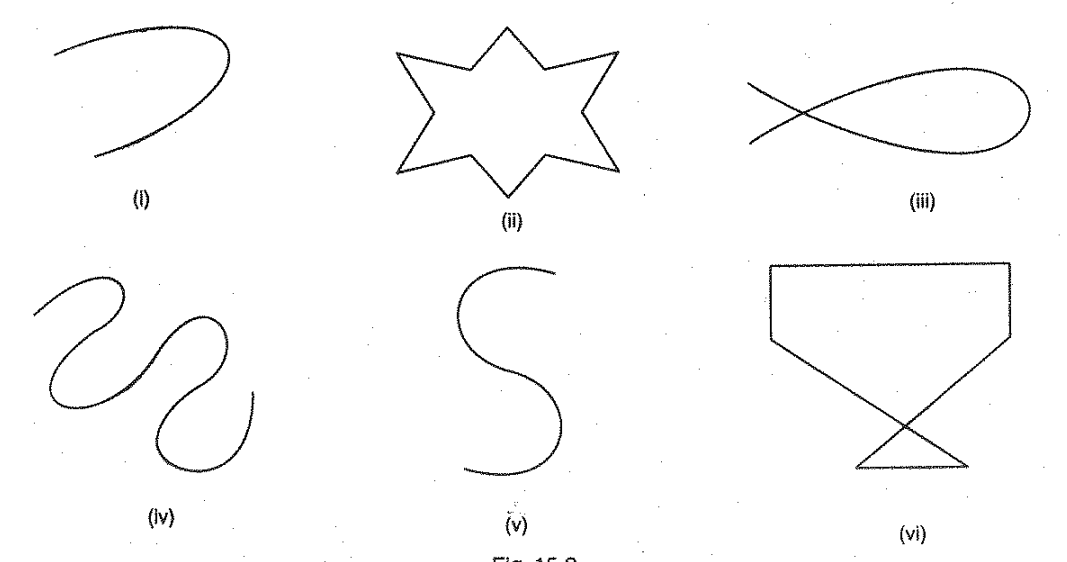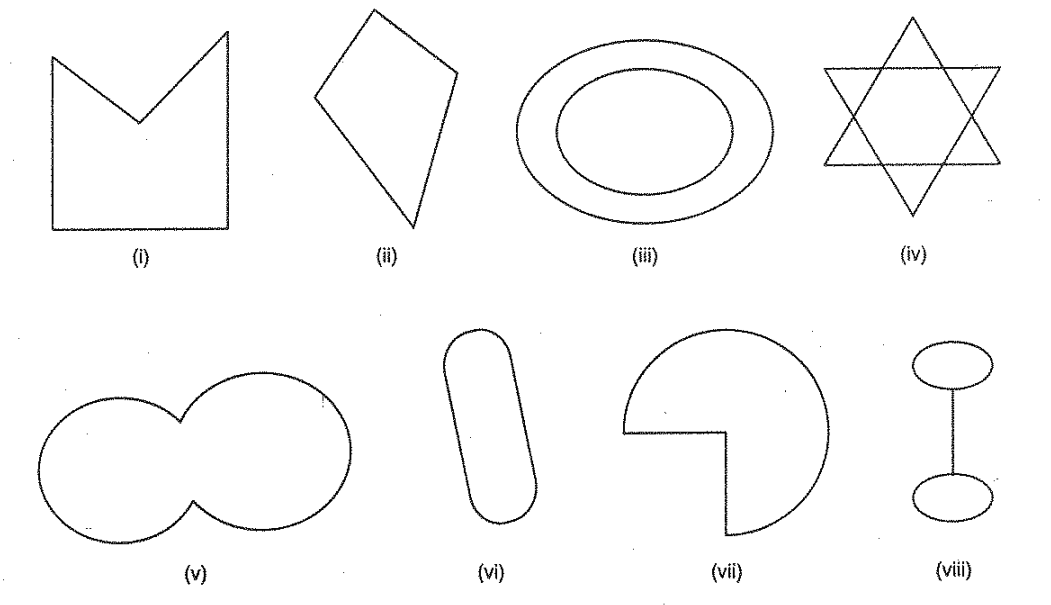If a vertex, the circumcenter, and the centroid of a triangle are (0, 0), (3,4), and (6, 8), respectively, then the triangle must be (a) a right-angled triangle (b) an equilateral triangle (c) an isosceles triangle (d) a right-angled isosceles triangleSolution in Tamil
Step by step video & image solution for If a vertex, the circumcenter, and the centroid of a triangle are (0, 0), (3,4), and (6, 8), respectively, then the triangle must be (a) a right-angled triangle (b) an equilateral triangle (c) an isosceles triangle (d) a right-angled isosceles triangle by Maths experts to help you in doubts & scoring excellent marks in Class 12 exams.
Similar Questions
The measure of the angle between the internal and external bisectors of an angle is: (A) 60° (B) 70° (C) 80° (D) 90°
03:22View SolutionIf a vertex, the circumcenter, and the centroid of a triangle are (0, 0), (3,4), and (6, 8), respectively, then the triangle must be (a) a right-angled triangle (b) an equilateral triangle (c) an isosceles triangle (d) a right-angled isosceles triangle
03:30View SolutionIf the difference between mean and m0de is 63, the difference between mean and median is 189 (b) 21 (c) 31.5 (d) 48.5
01:32View SolutionClassify they following curves as open or closed:
 01:44View Solution
01:44View SolutionFollowing are some figures: Classify each of these figures on the basis of the following:(i) Simple curve (ii) Simple closed curve (iii) Polygon (iv) Convex polygon (v)Concave polygon (vi) Not a curve
 05:11View Solution
05:11View SolutionHow many diagonals does each of the following have?
(i) A convex quadrilateral
(ii) A regular hexagon
(iii) A triangle02:58View Solution7).Rewrite the following rational numbers in the simplest form:(i)−86(ii)2545(iii)−4472(iv)−810 (8).Fill in the boxes with the correct symbol out of >, <, and =.(i) (ii) (iii) (iv) (v) (vi) (vii)
02:10View SolutionIf the lines ax+y+1=0, x+by+1=0 and x+y+c=0, (a,b,c being distinct and different from 1) are concurrent, then 11−a+11−b+11−c=
(A) 0 (B) 1 (C) 1a+b+c (D) None of these06:35View Solution

